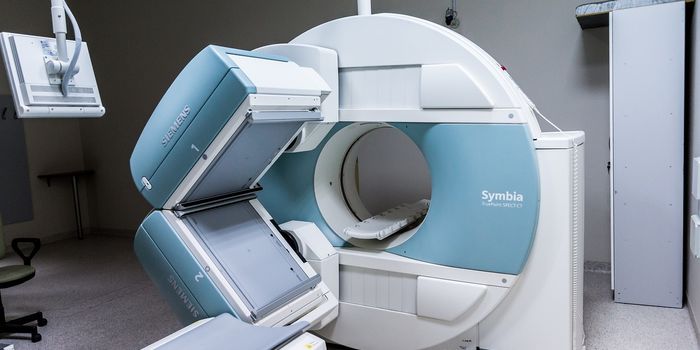Blood of a Dragon Inspires a New Antibiotic
As the world’s largest living, lizard, Komodo dragons are by nature already wicked cool creatures. And yet, if possible, their awesome factor may have gone up several more notches as a new study suggests Komodo dragon blood may be a source for new antibiotics.
Stalking with their prehistoric appearance on only five islands in Indonesia – Komodo, Rinca, Flores, Gili Motang, and Padar – these lizards are most identifiable by their impressive size. According to the Smithsonian National Zoological Park, the average size of a male Komodo dragon (Varanus komodoensis) is 8 to 9 feet and about 200 pounds. The largest Komodo dragon ever found in the wild was 10.3 feet long (3.13 meters) and weighed in at 366 pounds (166 kilograms).
Komodo dragons are notorious for having a voracious appetite for meat. They eat anything and everything except for plants. This includes large prey like water buffalo, deer, pigs, and even humans. Needless to say, for safety, locals tend to avoid these creatures that they dubbed “land crocodiles.”
But Komodo dragons hold a big lure for scientists interested in finding new drugs.
Scientists observed that while the saliva of Komodo dragons are teeming with bacteria, the animal itself is completely unscathed by this infestation. What mystery molecules could Komodo dragons be harboring in their body to ward off the bacteria?
The answer may be found in the dragon’s blood, say scientists from George Mason University. In particular, the researchers created a synthetic peptide based on a histone H1-derived molecule found in the dragon’s blood. Named DRGN-1, the synthetic molecule seemed to promote wound healing in infected mice. This suggests the molecule confers antimicrobial activity, which would explain why Komodo dragons seem to be immune to the bacteria’s presence.
“DRGN-1 is a candidate for use as a topical wound treatment,” the team wrote in their publication. In addition to possessing antimicrobial activity, the team also suspects that DRGN-1 may also promote the migration of new skin cells to heal the wounds in mice.
The big caveats of the study include non-human animal subjects, and the inclusion of only two strains of bacteria: Pseudomonas aeruginosa and Staphlyococcus aureus.
Still, the team is highly optimistic for the potential of this new molecule in Komodo dragon’s blood. If the antimicrobial activity of this protein could be harnessed into a new antibiotic, doctors would have a weapon against the rise of superbugs, which many health experts have predicted to be an inevitability.
Additional sources: BBC








